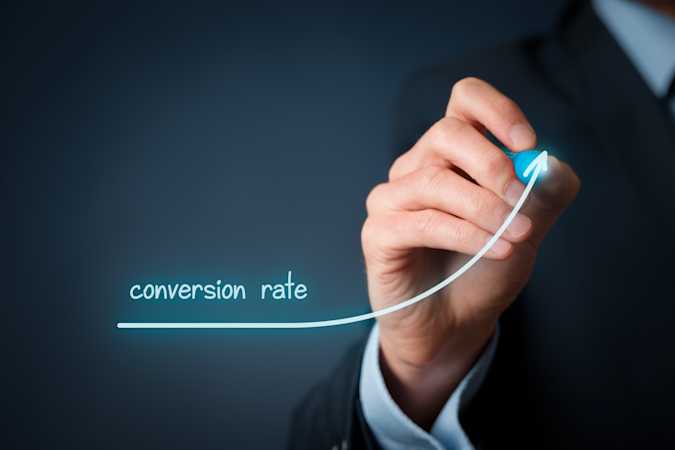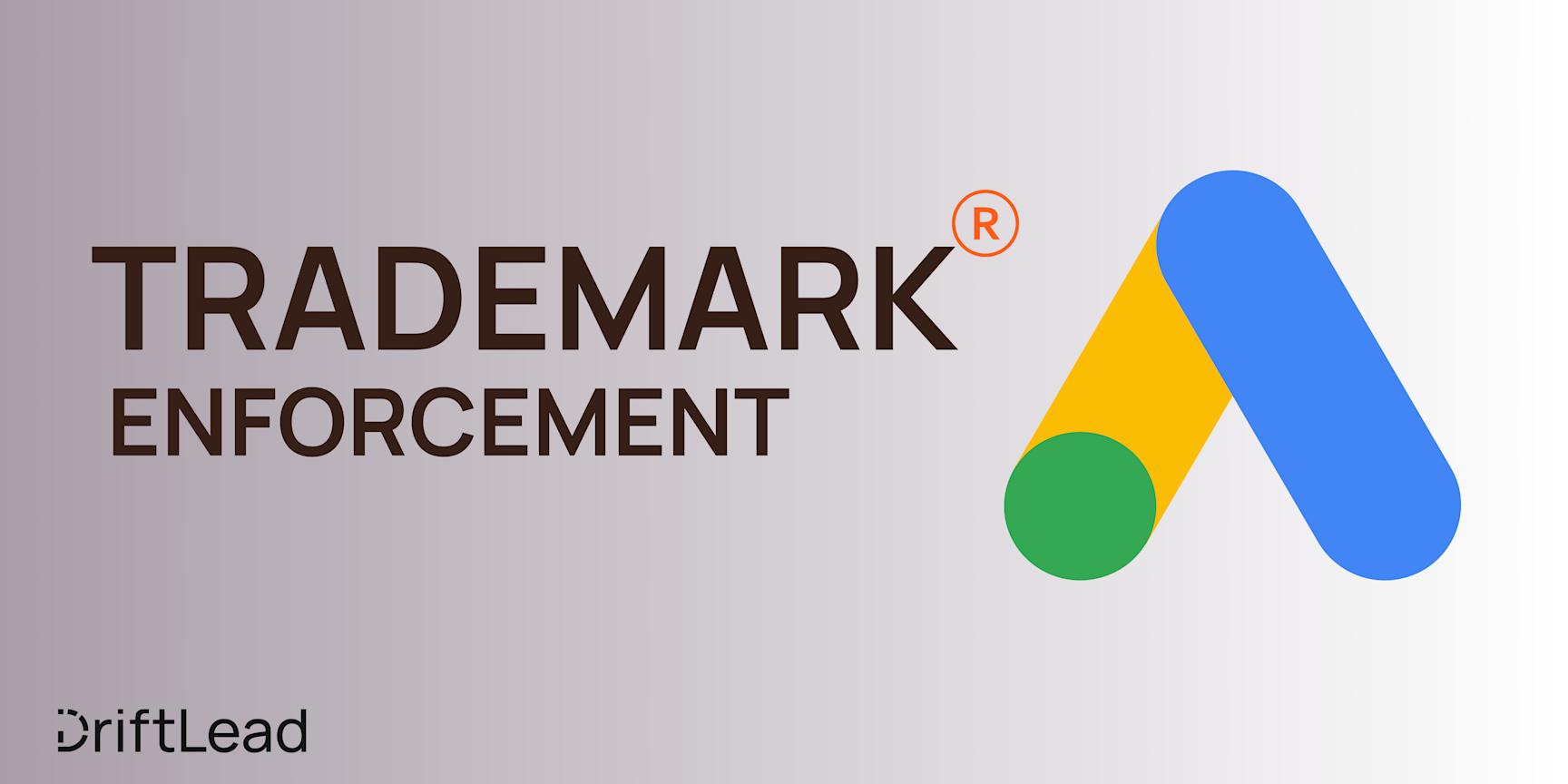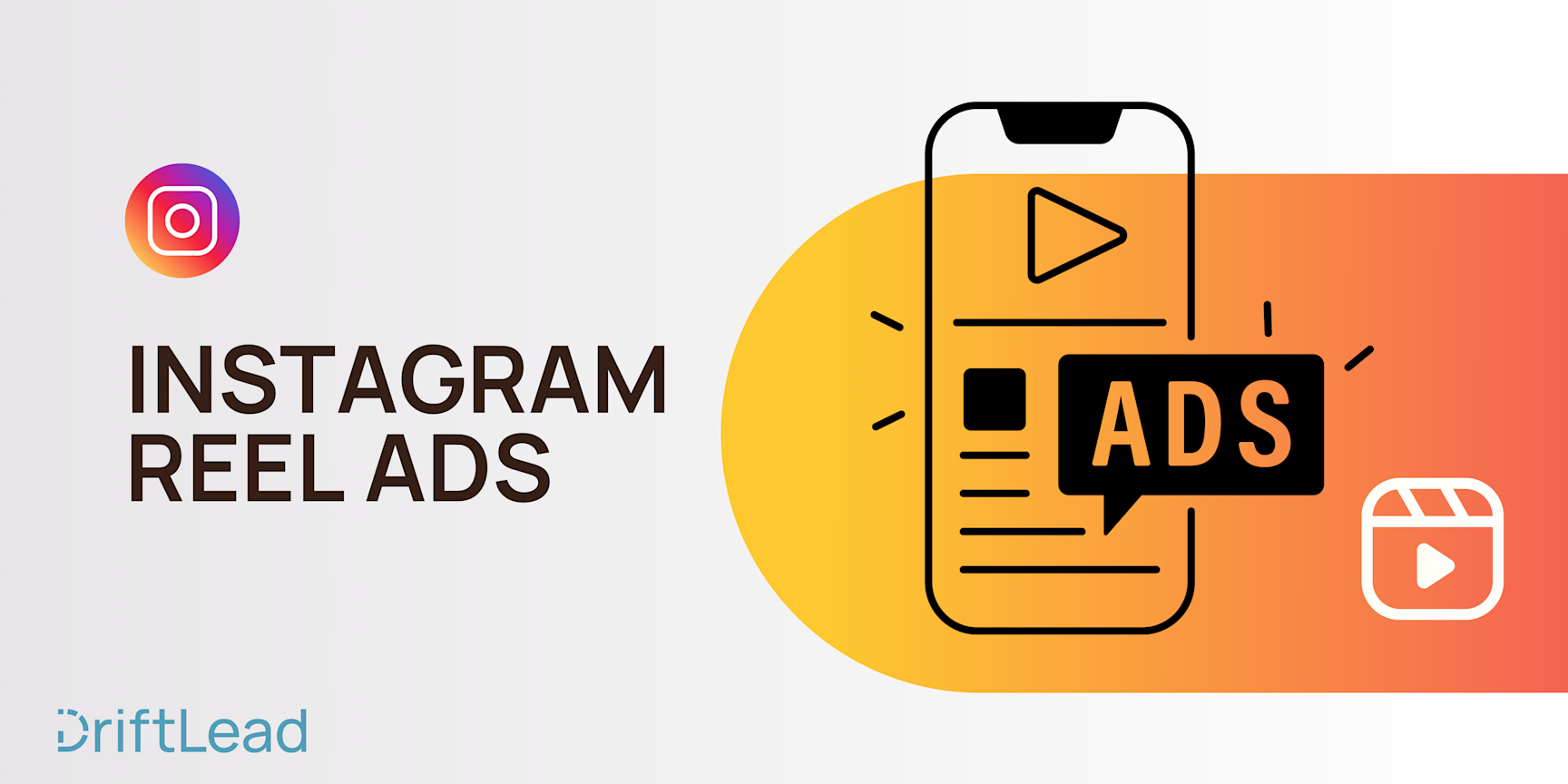B2B Conversion Rates by Industry: How Does Yours Stack Up?
12 Aug, 2023
See average website conversion rates by industry for key B2B sectors like software, manufacturing, financial services, and more. Learn what factors influence conversion performance and get actionable tips to optimize your rates for more leads and revenue.

Jump to:
Hop on our weekly newsletter train! We're sharing tips so stellar, we're practically job-threatening ourselves!
For all types of businesses, tracking and optimizing your website conversion rates is crucial to maximizing your online presence. However, we can all acknowledge that B2B often has a longer and more intricate buying cycle than B2C products. For this reason, a "good" conversion rate will look quite a bit different for a B2B business versus a consumer brand.
Conversion rate optimization is especially crucial in B2B, given the potential value of each corporate customer. Just a small improvement in conversion rate can translate to tens of thousands in extra revenue. On the flip side, poor conversion performance can significantly impede growth.
To evaluate your B2B website’s conversion rate, it’s helpful to benchmark against industry averages. Knowing typical conversion rates for your sector provides context on your performance and opportunities for improvement.
In this post, we’ll overview average conversion rates for key B2B industries, discuss factors impacting performance, and share tips to optimize your conversions. Read on to see how your B2B website’s conversion rate stacks up and get actionable advice for boosting it.
Average B2B Conversion Rates by Industry
Conversion rates can vary significantly depending on the specific B2B industry. Here are some benchmarks for key sectors:
Software - 1-2%
The software industry tends to have some of the lowest conversion rates, though there is a wide range based on the type of software. SaaS and cloud software conversion rates fall on the higher end, around 2%, while more complex enterprise software is lower, around 1%.
IT Services - 2-3%
Given the high involvement sales cycle, IT services like custom software development and IT consulting have reasonably strong conversion rates. Companies in this sector optimize for capturing qualified leads.
Telecom - 1-2%
Telecom providers, including internet service providers, phone carriers, and VoIP services, have average conversion rates of around 1-2%. The commoditized nature of basic internet and phone services leads to lower rates.
Manufacturing - 2-3%
Industrial manufacturers of things like equipment, components, and raw materials convert at slightly higher rates than B2C manufacturers. Buying cycles are more complex for enterprise purchases.
Financial Services - 2-3%
Financial services like banking, insurance, and business finance convert visitors at an average of 2-3%. Heavily-regulated sectors tend to have more convoluted buying processes.
Healthcare - 3-4%
Selling to clinics, hospitals, and care facilities, healthcare software and services convert at above-average rates of 3-4%. The mission-critical nature drives urgency during trials.
Retail - 2-3%
For B2B e-commerce sites selling to retailers, average conversion rates are around 2-3%. Wholesale consumer goods have lower friction purchases.
Factors that Influence B2B Conversion Rates
A variety of factors can influence website conversion rates for B2B companies. Being aware of these allows you to design strategies to maximize performance. Major factors include:
Website Design and User Experience
A website's design and user experience has a major influence on conversion rates. Clear, distraction-free pages and seamless navigation boost conversions. Overly complex sites with difficult navigation lower conversion rates. Optimizing site speed also lifts conversions.
Lead and Customer Segmentation
Conversion rates will vary based on the target industry, buyer persona, and stage in the buyer's journey. Optimizing content and offers for each target customer segment is key to improving conversion performance. More refined segmentation provides greater relevance.
Sales Process and Nurturing
Higher-touch sales interactions and tailored lead nurturing improves B2B conversion rates versus a purely self-serve model. Prompt and personalized follow-up from sales builds trust. Automated nurture tracks guide buyers. Aligned sales and marketing teams also positively impact conversions.
Competitor Activity
Competitor actions can sway conversions. Competitors running promotions, lowering prices, or launching new products can temporarily impact conversion rates. Monitoring competitors helps anticipate external competitive impacts.
Macroeconomic Conditions
Broader economic conditions like recessions or industry/vertical-specific trends influence B2B spending and conversions economy-wide. Tracking macro-economic factors provides context on baseline conversion rate expectations.
Marketing Campaigns and Content
Relevant, compelling marketing campaigns and content lift conversions by engaging prospects, while disjointed efforts falter. Aligned campaigns that speak to target personas perform better. Content should attract and persuade ideal segments.
Optimizing Your B2B Conversion Rates
There are a number of strategies and best practices B2B companies can leverage to improve their website conversion rates. Small optimizations can have an outsized impact, especially given the high customer lifetime value of enterprise clients. In the sections below, we'll explore actionable tactics to boost conversions across your website, lead generation processes, and sales funnel. Consider how these optimization approaches can be tailored to your unique B2B business model and target segments. Just a few quick wins could translate to tens of thousands in added revenue.
Prioritize High-Impact Pages and Processes
In most instances, there will be countless different places you can direct you attention to to try to improve conversion rates. It's best to start with the pages or sections with the greatest impact or opportunity for impact. Closely analyze performance on key pages with the most conversions potential - product pages, pricing, contact/demo forms, shopping carts, landing pages, etc. Use heat mapping tools such as HotJar to monitor onsite behavior, identify pain points causing fall-off, and work to adjust the pages accordingly. Look for simple changes like shortening forms, simplifying navigation, and highlighting value propositions. We will discuss some other methods later in this section. Reducing friction on your high-impact conversions pages can significantly boost rates.
Refine Lead Nurturing and Sales Follow-Up
Especially in B2B, many prospects will need some nurturing before they decide to convert. Ensuring your sales team follows up quickly and continues engaging with all leads is essential.
Implement structured workflows to automatically assign and track lead follow-ups. Set rules based on lead score.
Personalize follow-up outreach based on interests and website behavior. Avoid overly generic templates.
Provide value in follow-ups - content, tools, insights. Don't purely sell. Build the relationship.
Leverage marketing and sales automation to deliver behavior-based nurture streams.
Document and continuously improve follow-up processes based on response rate data.
Ensure sales and marketing teams communicate effectively on lead hand-offs.
Refined lead nurturing and prompt, personalized sales follow-up builds trust with prospects. This drives higher lead-to-customer conversion rates. Align your teams to optimize the post-lead experience.
Streamline Mobile Optimization
With growing mobile usage across all demographics, ensuring a seamless experience on mobile devices is now essential for B2B organizations.
Audit website speed and UX on mobile. Eliminate anything slowing load times or hampering usability.
Simplify navigation menus and access to key pages.
Ensure forms and CTAs are tap-friendly for mobile users.
Confirm mobile site is responsive on all devices, especially phones.
Consider implementing Accelerated Mobile Pages (AMP) if your page speed scores are low and you have a large content-heavy site.
Optimize for mobile SERP features like click-to-call and location services.
Add mobile-specific on-site messaging guiding visitors.
With the rise of mobile, subpar mobile experiences will cost B2B companies conversions and growth. Users expect a fast, seamless experience on all devices.
Tailor Experiences to Different Segments
An effective approach for boosting conversion rates is assessing whether your website experience is optimized and tailored for each target customer segment.
Identify key segments, be it your most valuable group of prospects or those who are underperforming.
Customize on-site content and messaging to resonate with each segment. You can use audience-based advertising to pre-determine these audiences and pass information about them to your website using UTM parameters. Similarly, you can create custom landing pages specific to these personas.
Consider different offers or promotions that appeal to each group and deliver them to each respective audience through ad creative and website messaging.
Evaluate new audience segments to target. Expand your addressable market to fuel growth.
Personalize experiences where possible for known users visiting your site.
Optimizing conversion rates requires truly knowing your addressable market. Analyze whether your target segments still align with your business. Adapt content to improve relevance for each group.
Review Results by Traffic Sources
An insightful exercise is analyzing your website's conversion rates broken down by traffic source - paid search, organic search, social media, referrals etc.
Identify sources driving high-quality traffic that converts at better rates. Double down on these channels.
For underperforming channels, determine needed optimizations - new keywords, improved targeting, content gaps etc.
Shift budget/focus to sources that result in converted customers, not just traffic.
Leverage utm campaign parameters to track performance of individual campaigns.
Feed insights back into channel-specific strategies and media plans.
Evaluating conversion rates by source provides data to optimize your marketing channel mix. Ensure spend is allocated to channels working hardest to deliver converted customers. Continually assess and rebalance channel plans.
A/B Test and Experiment
One of the most crucial components of conversion rate optimization is testing. Ongoing experimentation through A/B testing allows you to continually fine-tune conversion performance.
Test changes to page layouts, copy, headlines, offers, calls-to-action, content, etc.
Start with your high-impact pages first. Offer the most frictionless path to convert.
Let data guide iterative changes over time rather than assumptions.
Test one change at a time for statistical significance. Avoid too many variables.
Analyze results across segments. Look for optimizations specific to key groups.
Run conversion optimization experiments frequently. Continual incremental gains add up.
A disciplined, metrics-driven approach to A/B testing reveals the messaging, offers, and experiences that resonate most with your prospects. Embedding ongoing experimentation allows ongoing optimization.
Conversion rates are a crucial growth metric for B2B organizations to track. Assessing your conversion performance relative to benchmarks provides visibility into opportunities for optimization.
Conclusion
Small improvements in conversion rate, especially on high-impact pages, can translate to significant revenue gains, given the high lifetime value of enterprise customers.
By refining target segments, tailoring experiences, simplifying key processes, and testing new messaging, B2B brands can unlock conversion rate lifts. But don't stop there. Ongoing experimentation and monitoring will enable continual optimization over time.
If you need help developing a comprehensive conversion rate optimization plan for your B2B website and sales funnel, Driftlead can help. Get a free marketing plan to learn about how you can start improving your performance today.
Our data-driven approach combines deep research with customer insights to optimize your website experience. We'll identify high-impact areas to focus on first to maximize results. Let us help you capture more leads and drive growth.






